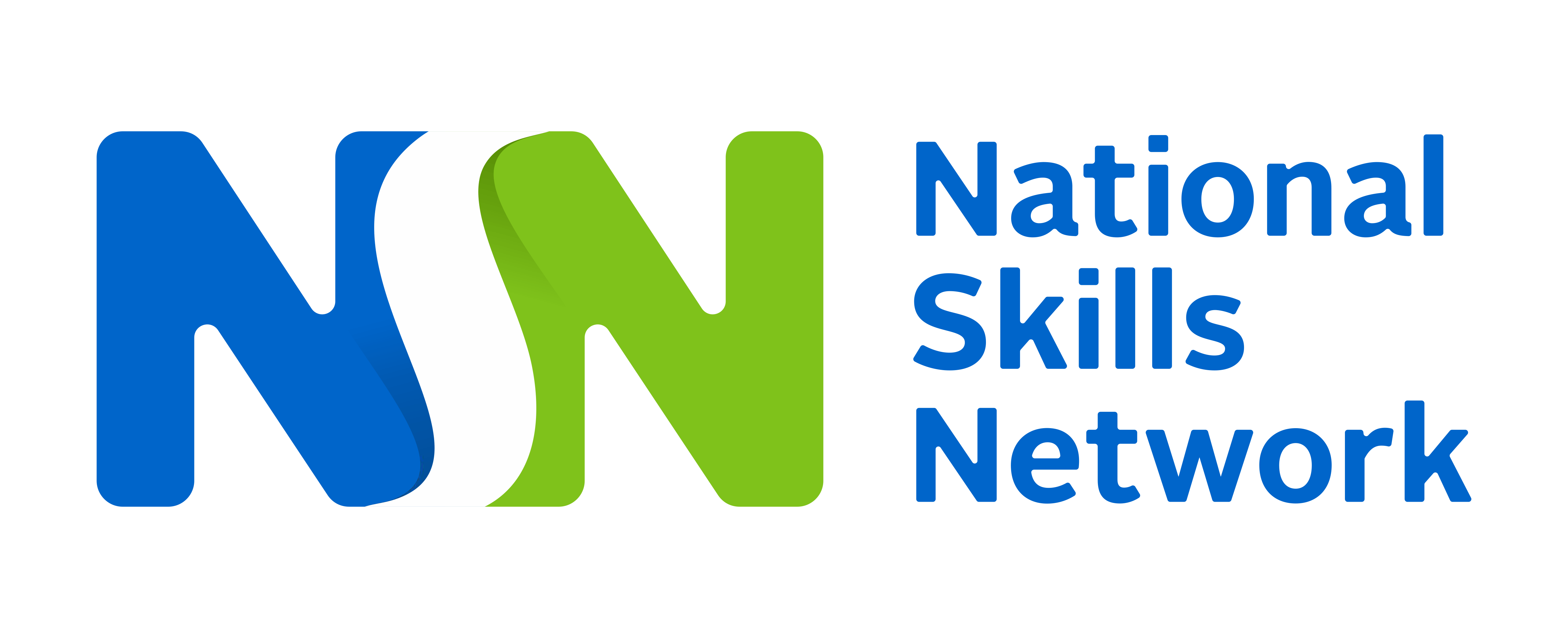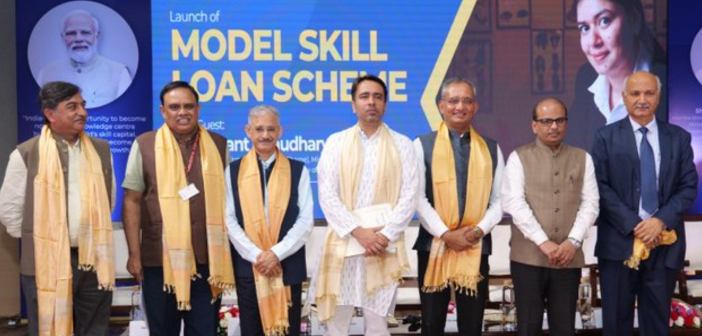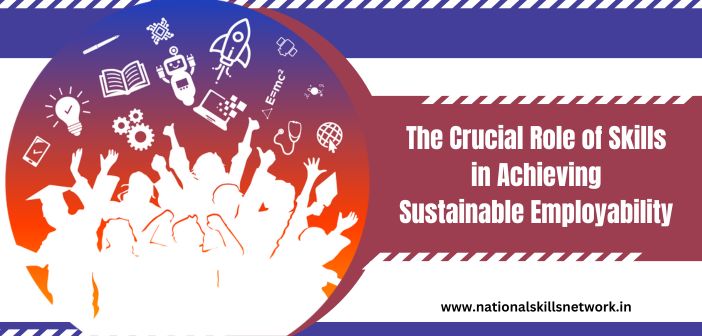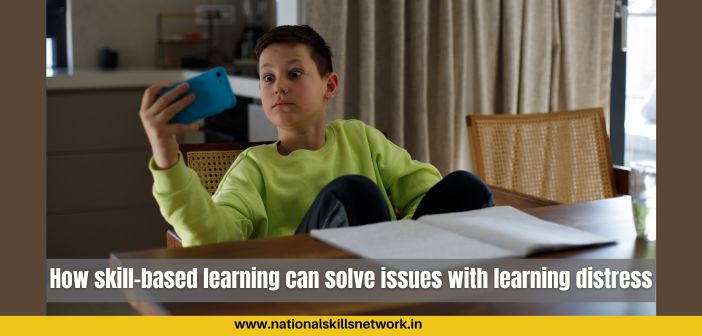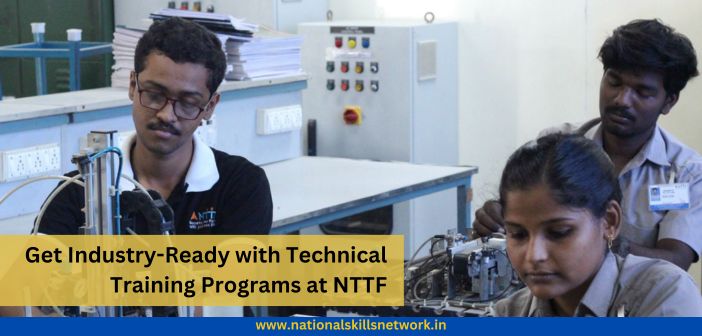To bridge the skill gap in Aviation and Aerospace sector, we should look at the challenges and issues that the industry is currently facing in attracting, training and retaining skilled workforce. An in-depth study of these issues will help in designing and delivering skill-based training as per the industry requirements.
Need to create training infrastructure where the demand is
Most of the current training facilities are located in and around Karnataka due to major establishment of HAL and its tiers. Thus, the good talent who are interested in pursuing their careers in aviation have to be mobilised from pan-India and trained in various academies and industries in Karnataka. This means that people in these regions are either being sent to where the facilities (which is expensive) or are not receiving proper training (which is dangerous for the industry). Alternatively, key roles are being filled by expats, which is also not financially or culturally sustainable. There is, thus, a desperate need to develop high quality, in country facilities where the demand is.
Related article: 5 Reasons to choose a job in Aerospace and Aviation industry – Read more: https://nationalskillsnetwork.in/5-reasons-to-choose-a-job-in-aerospace-and-aviation-industry/
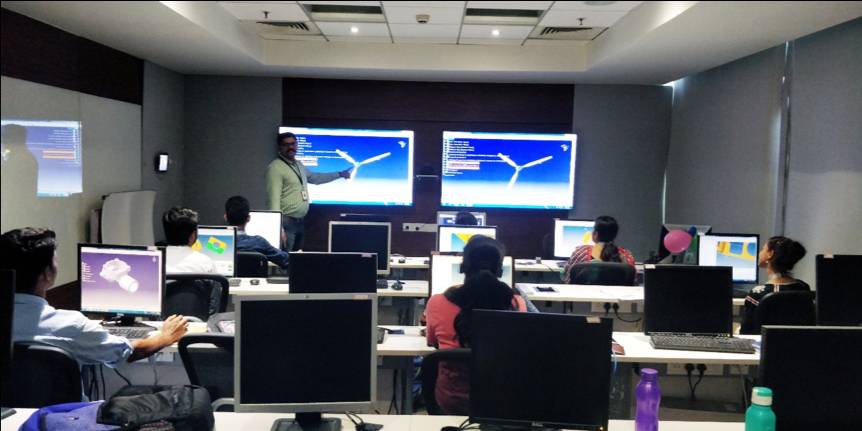 Harmonisation
Harmonisation
There is a critical need for greater harmonisation of international regulations to permit standardised training and enhance global mobility of labour.
Role of Technology
As technology becomes more pervasive in aviation, training needs to recognise this in the following ways:
- Technology is creating new job roles and changing existing ones, hence we must keep pace with these developments
- The youth of today are technology natives and not technology migrants, and if they are to be enthused about the industry, we need to engage with them in a manner which they relate to.
- This means greater use of technology in the delivery of training, rather than continuing to use old fashioned methods ‘chalk and talk’ methods.
Competency and evidenced-based training
Training needs to evolve to become more competency and evidence-based. For example, for Multi Crew Pilot’s Licence, training should focus on how you will perform your role in the workplace, just as the military training has been doing. Competencies must be measurable and achievable.
Keeping up with youth aspirations for aviation careers
Although it is being said that it’s a boom time for aviation but the real fact on ground is that the aviation industry is in dire need to attract high quality people amongst the next generation of students, who are increasingly being drawn to other technology sectors. The industry needs to address fe real problems to enhance aspirational value of various job roles. This calls for re-looking at hours of work, shift system, perks and remuneration, The fresh engineering graduates aspire to enter any industry with a high package which is offered by the new digital and IT companies.
The way ahead
There is a need to introduce outreach programs that target students not only at universities, but also at a much earlier age, in schools, to promote the attraction of a career in aviation. And it does not end there, once people are in the industry you need to retain them. The next generation is not as wedded to the concept of picking and sticking with an industry for the long term. Switching between sectors will become increasingly common. This in itself will increase the demand for training as staff turnover will be higher.
